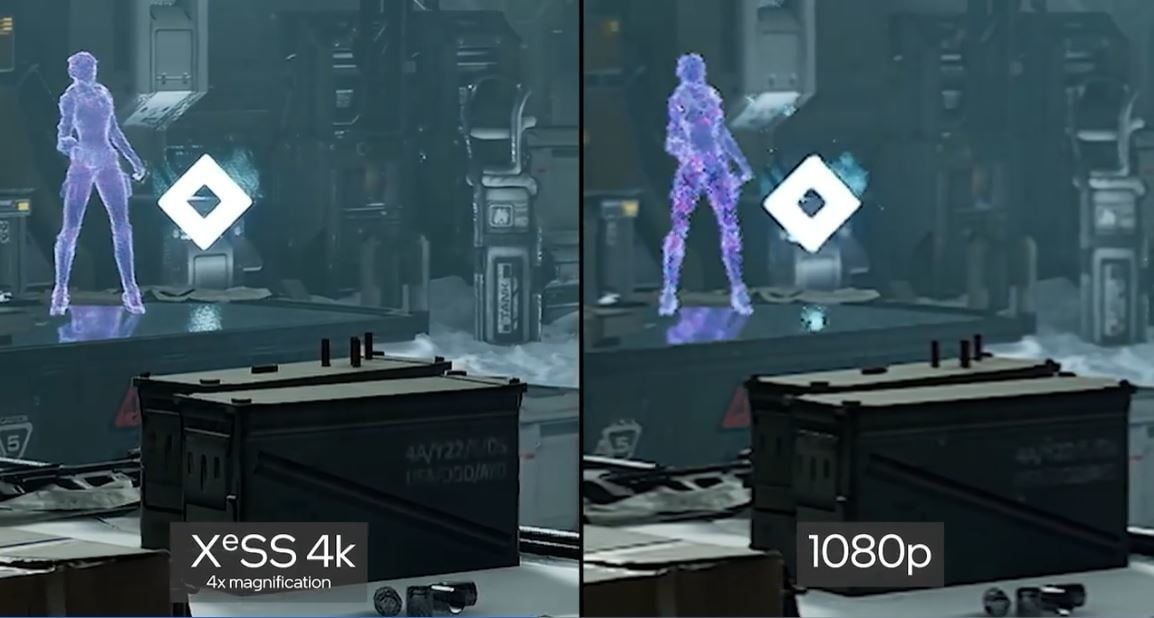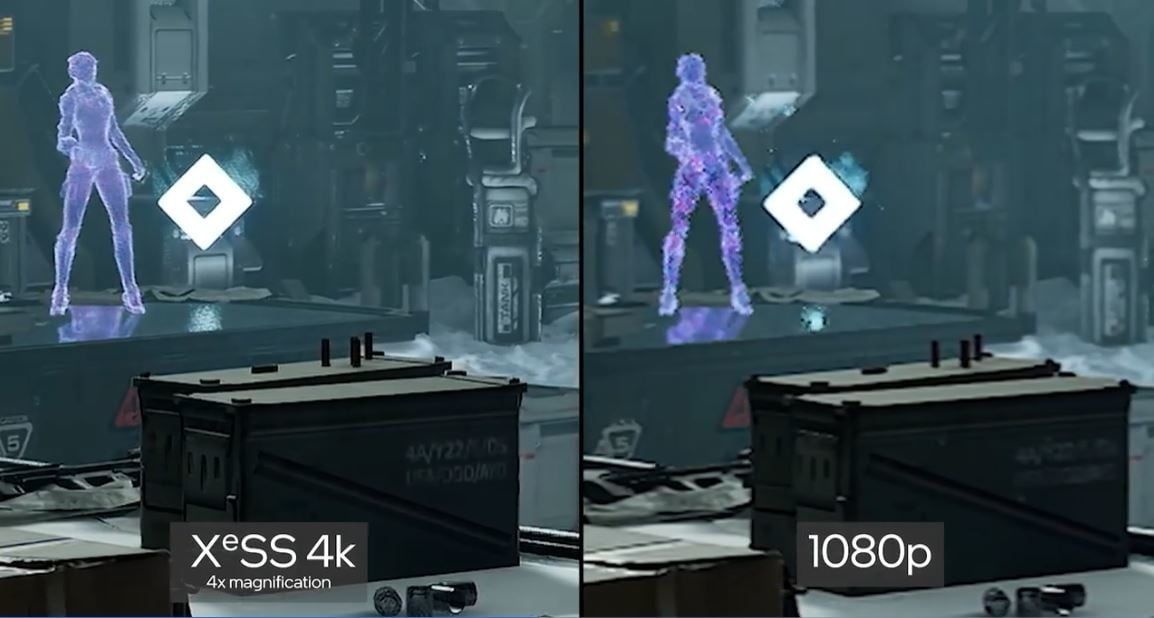
When it comes to choosing a graphics card, the choice is often dichotomous. Currently, Nvidia and AMD are two of the major companies that specialize in GPU technology, and in older days of PC building there were similarly two choices between PCI-E express or AGP. While the choice back then was often down to which slot a person's motherboard had, nowadays it's almost entirely down to personal choice. However, that choice is about to become more interesting, as Intel recently announced its range of Arc graphics cards, the first iteration of which it will be releasing sometime next year.
While Intel has been making integrated graphics chips for years, this is the first time the company has branched out into producing its own range of actual "third-party" graphics cards. Each iteration is given a codename, starting with "Alchemist" due out at the start of 2022, then moving onto "Battlemage," "Celestial," and finally "Druid." The emphasis is on gaming, with the codenames themselves clearly invoking RPGs. But with a new player entering the field, even one as huge as Intel, the GPU market could become crowded with a lot of options, so there's a real opportunity for the tech manufacturer to offer something that the likes of Nvidia and AMD aren't.
RELATED: IBM Agrees That Chip Shortages Could Go on Until 2023
Image Upscaling

The latest in GPU technology is image upscaling: artificial intelligence that improves resolution comparable to native high-res graphics without sacrificing frame rates. Nvidia has DLSS, or Deep Learning Super Sampling; meanwhile AMD has FSR, or FidelityFX Super Resolution. Now Intel is bringing its own version with Xe Super Sampling, or XeSS. While processing power and memory are still very important for a graphics product, it's the image upscaling that is likely to set Intel's Arc range apart from the competition. Within the last few years, GPU technology has implemented artificial intelligence systems that give high visual quality, but at a minimum cost to processing power. Here, Intel possibly has a chance to shine through.
Research shows that Intel's XeSS works in a similar way to Nvidia's DLSS, in that they both use deep learning algorithms through a neural network that redraws neighboring pixel details, upscaling it to higher resolutions without compromising performance. However, while DLSS is exclusive to Nvidia RTX graphics cards, rumors suggest XeSS is going to be made available to all graphics cards. This puts the Intel Arc, which was originally called the Xe DG2, in the same league as AMD, which made its FSR technology open source. Intel has some catching up to do, as both competitors have been around for several years, and have a head start in terms of image upscaling. However, there is an opportunity to learn from previous mistakes before Intel even leaves the starting post.
What About Stock Supplies?

One of the curious things about Intel announcing its graphics cards is that it's doing so at a tumultuous time for the hardware. There has been a deficit on GPUs and other technology, including new-gen consoles, for pretty much the entirety of 2021. With Nvidia's CEO predicting shortages could last throughout 2022, it remains to be seen whether there will be enough supplies for Alchemist, or whether it will fly off the shelves immediately.
There's also been no mention of what Intel is going to do provided the shortages last a while longer in terms of preventing cryptominers from hoarding all its products. Earlier this year, Nvidia said future cards could come with cryptomining limiters, and AMD toyed with the idea of manufacturing GPUs specifically for cryptomining. Intel may need to think about how to protect the market by doing likewise, though by the time Alchemist comes out things may begin to improve. Cryotomining seems less of an issue at the moment, and it's possible the company is working on a solution it just hasn't made mention of.
The reality is, a third major company joining the GPU race is going to open up options for gamers and PC enthusiasts. With years of experience developing CPUs and integrated graphics chips, not to mention years of potential note-taking on what the competition has been doing, Intel can hit the ground running. The company already has experience facing off against rivals, like its Rocket Lake CPU going head-to-head with the Ryzen 5000 series last year, so hopefully it doesn't make its Arc graphics cards only best suited for its own range of modern CPUs.
MORE: Intel Lawsuit Explained: User Privacy, 'Wiretapping,' and Data Collection



